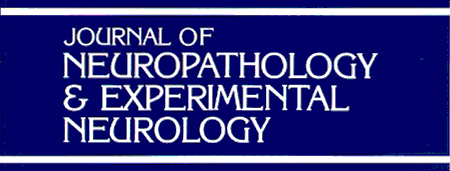
“Cannabidiol (CBD) has antipsychotic effects in humans, but how these are mediated in the brain remains unclear.
OBJECTIVE:
To investigate the neurocognitive mechanisms that underlie the therapeutic effects of CBD in psychosis.
CONCLUSIONS AND RELEVANCE:
Cannabidiol may partially normalize alterations in parahippocampal, striatal, and midbrain function associated with the CHR state. As these regions are critical to the pathophysiology of psychosis, the influence of CBD at these sites could underlie its therapeutic effects on psychotic symptoms.”
https://www.ncbi.nlm.nih.gov/pubmed/30167644
https://jamanetwork.com/journals/jamapsychiatry/fullarticle/2697762
“Single dose of the cannabis compound CBD reduces psychotic symptoms by normalising brain activity” http://www.dailymail.co.uk/health/article-6110591/Single-dose-cannabis-compound-CBD-reduces-psychotic-symptoms-normalising-brain-activity.html
“British scientists have unraveled how a non-intoxicating component of cannabis acts in key brain areas to reduce abnormal activity in patients at risk of psychosis, suggesting the ingredient could become a novel anti-psychotic medicine.” https://www.theglobeandmail.com/cannabis/article-scientists-unravel-how-cannabis-component-may-fight-psychosis/



